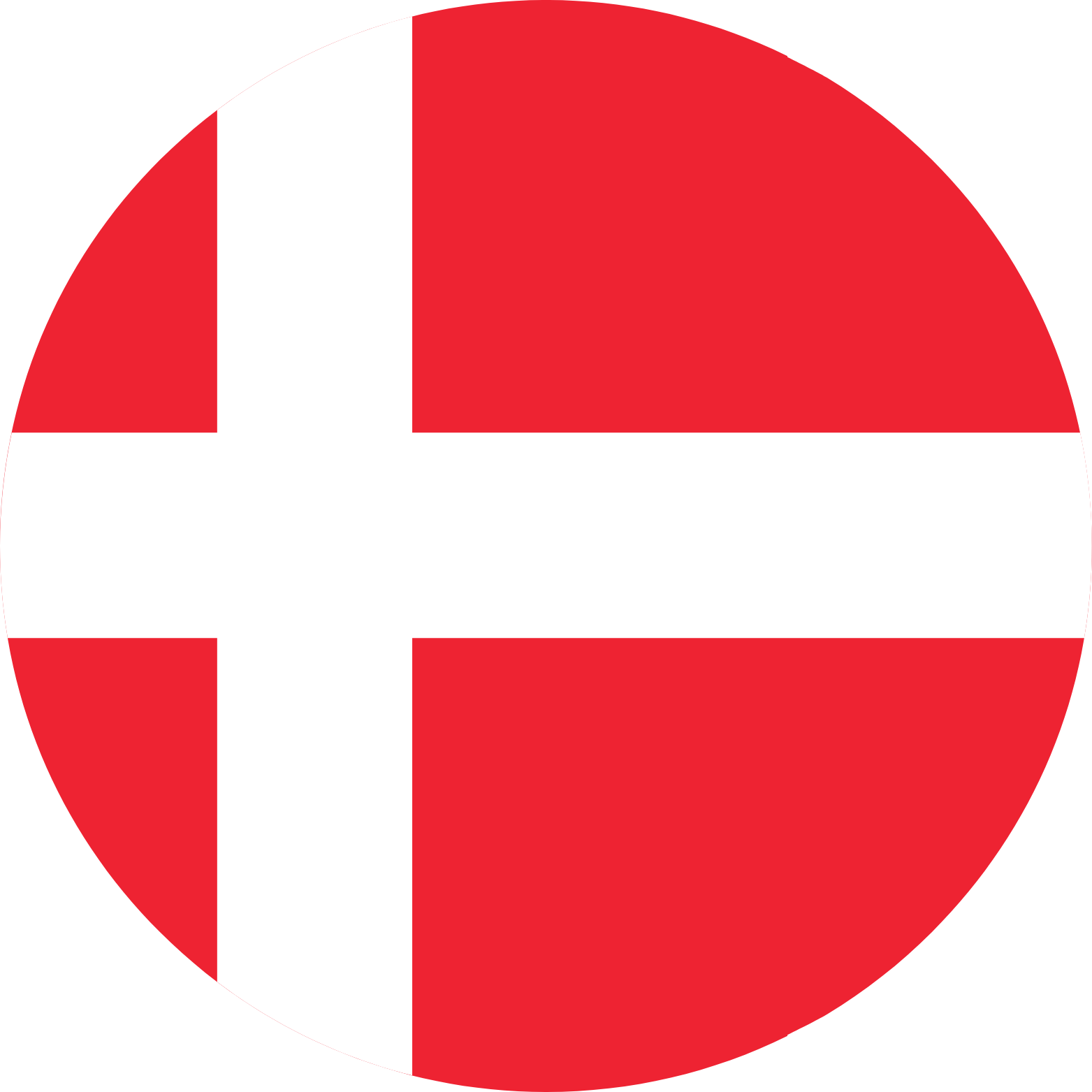A few facts about Sever’s disease
Sever’s disease is one of the most common causes of heel pain in growing children and teenagers.
It is named after James Warren Sever’s, the American doctor that first described the condition back in 1912. The condition refers to an inflammation of the growth plate in the heel, which can set in when this area is exposed to pressure, as a result of high impact activity.
During growth spurts, the growth plate area is particularly sensitive as it has not yet developed into solid bone. If it is exposed to repetitive stress – for example from running, jumping and other high-impact activities – an inflammation can develop, which leads to swelling and pain.
Sever’s disease is typically seen in children between the ages of 9 and 14. It can, however, set in earlier, and children whose growth spurt sets in later, can be affected until the age of 16. Once the growth zone in the heel closes, the condition wears off.
Children who are physically active or engaged in sports that involve a lot of running or jumping, especially on hard surfaces, have a greater risk of developing Sever’s disease.
Why rest is not the cure
Not many parents or sports coaches have heard of Sever’s disease. And most family doctors are not quite sure what to do about it. Kids are typically advised to take a break from sports and high-impact activities and wait for the pain to go away.
Letting an active kid sit on the bench is not only unnecessary; it’s also unfortunate for a number of reasons:
- Physiologically: Motor skill development, which is stimulated when the child is physically active, deteriorates if the child is passive during late childhood and adolescence.
- Psychologically: Engaging with other kids on a team or in physical activities is formative for all children. Missing out on such important interaction can affect a kid’s self-confidence and identity-building.
- Athletically: Sitting on the bench might mean that talented kids lose out on important development opportunities and suffer a set back in their sport.
Clinical experience shows that Sever’s disease is not cured by resting; it goes away as the child grows older. Reducing physically activity to a minimum will put a temporary end to the heel pain. As soon as the child resumes their activity, the pain typically returns.
Human health is threatened by too little physical activity, so it’s crucial that children are motivated to stay physically active. Particularly when a simple insole solution can do the trick.










 Facebook
Facebook  Instagram
Instagram  Youtube
Youtube  LinkedIn
LinkedIn